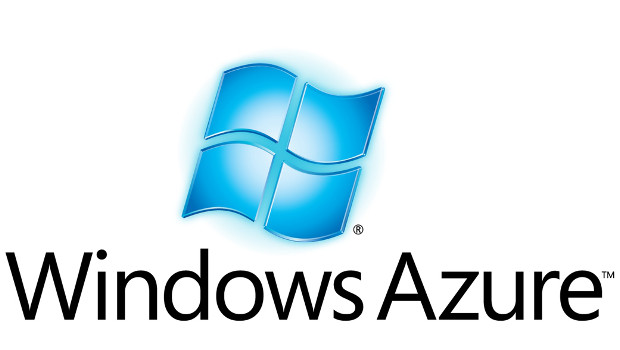
Microsoft side-steps channel in direct Azure play
Microsoft will allow customers to bypass the channel and purchase Azure services direct, in a strategy aimed at increasing adoption among small and mid-size organisations.
Under the banner of Microsoft Customer Agreement, the new approach is set for release as early as March for some customers, and removes partners from the buying process in most cases.
According to the tech giant, the move is designed to make the licensing transaction process “easier, more efficient and simpler” for customers.
“This new commerce model includes the streamlined, digital, Microsoft Customer Agreement, which takes the place of the agreement customers are currently using to purchase Azure,” a company statement read.
“It also supports our customers’ Azure consumption with sophisticated billing and cost management capabilities, and comprehensive subscription and account management features.”
The direct play will also provide access to a single offer catalog, housing first and third party Microsoft products and services through a new marketplace experience, in addition to an 11-page digitally stored Microsoft Customer Agreement.
Further benefits for customers include “consistent purchasing and management experiences”, irrespective of whether businesses buy through partners, the Web portal, or directly through their Microsoft account teams.
“The new Azure experience will help meet the needs of customers who are looking for maximum control over their own Azure services and no longer need the level of administrative support included in the Enterprise Agreement (EA) and Azure-only Server and Cloud Enrolment (SCE),” the statement added.
“It will give customers a quick, easy and cost-effective way to buy and consume Azure services.”
Operating as a perpetual contract that doesn’t expire for transactional purchases, the agreement is already used for purchases made via the Microsoft Store for Business.
When Azure transactions completed directly with Microsoft become available, customers can then add Azure Plan for pay-as-you-go purchasing with ‘no upfront commitment’, according to the vendor.
The move is likely to send shockwaves across the channel globally, as partners battle for relevance with the industry’s largest channel-facing vendor.
Yet despite the side-step, Microsoft was quick to insist that partners will still play a “critical role” in this new commerce model.
“They’ll continue to provide customers with up-front assistance, offer value-added services, and deliver differentiated solutions combined with Microsoft products and services,” the statement read. “Our partners will be foundational in helping our customers to innovate and thrive.”
Specifically, Microsoft has informed eligible customers that partners will still be available to offer support through value-added pre-sales services and post-sale solutions for Azure services.
The option of customers leveraging a partner-managed service model is still on the cards also, with additional partner services and tools available through a Cloud Solution Provider (CSP) partner.
“Potential for channel partners to grow revenues and profit from the transaction may start to diminish,” warned Stephen White, research director at Gartner. “However, those partners who drive use and effective management of Azure may be unperturbed.
“Be that by earning service fees from; developing applications run on Azure, building out major transformations or migrations, running monitoring or managed services, or support that address the health and utilisation of the service.”
As explained by White, the introduction of CSP in 2014 broadened the Azure transaction channel from several hundred partners, to many thousands, with the latest move set to disrupt the indirect process further.
“Microsoft’s 2019 shift demonstrates intent to focus partners back onto services, not executing the transaction,” White observed. “Some channel partners have culturally committed to the transformation journey, others may be laggards.
“It appears however Microsoft has begun making the line in the sand more visible – providing licensing without services, and lightweight services providers seeking to leverage the transaction may be on the wrong side of that line moving forward.”
IDG News Service







Subscribers 0
Fans 0
Followers 0
Followers